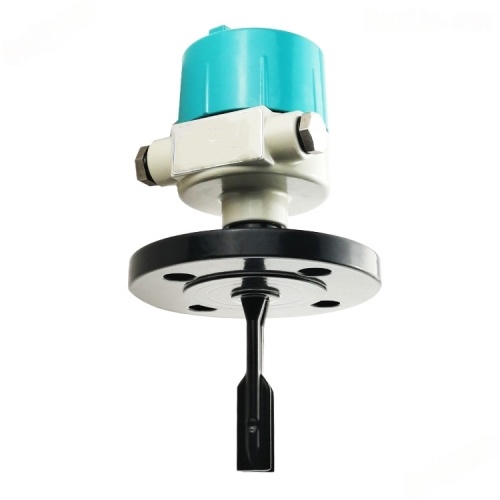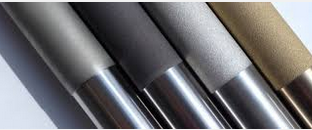BETTER TOUCH BETTER BUSINESS
Contact Sales at KAIDI.
In the production of level instrumentation equipment, coating is not only used to enhance the appearance, but also an important step to ensure the long-term stable operation of the equipment. Instrumentation housings and their key components are usually exposed to a variety of environmental conditions, so the selection of coatings needs to meet the requirements of corrosion resistance, abrasion resistance, weather resistance, chemical resistance and other aspects. In addition, the choice of coatings has a direct impact on the appearance, operability and service life of the equipment. The following are the main requirements of instrument spray coatings and their composition analysis.

I. Functional Requirements for Instrument Spray Coatings
The housings and surfaces of instrumentation equipment are often exposed to industrial, chemical, or extreme environments, so coatings must perform several key functions:
1. Corrosion resistance
2. Weathering resistance and UV stability
3. Abrasion resistance and mechanical strength
4. Chemical resistance
II. Compositional Requirements for Instrument Spray Coatings
Depending on the functional requirements, coatings for instrument spraying usually consist of the following types of components:
1. Primer
2.Top coat
3. Special function coatings
4. Antistatic coatings: suitable for electronic equipment to prevent static buildup from damaging sensitive components. These coatings often contain conductive fillers such as carbon nanotubes or metal oxides.
5. Antimicrobial coatings: In medical instrumentation or food handling equipment, antimicrobial coatings are effective in reducing the growth of bacteria. Common antimicrobial ingredients include silver and copper ions.

III. Coating thickness and spraying process control
The thickness of a level instrument spray coating is critical to its protective properties and aesthetics. A coating that is too thin may not provide the desired corrosion protection, while a coating that is too thick may cause the coating to peel, crack, or affect its appearance. The recommended thickness of the coating is generally determined according to standards such as ISO 12944, usually for metal enclosures:
▶ Thickness of primer: 20-50 μm, the thickness of the primer is slightly larger to ensure that the substrate is adequately protected against corrosion.
▶ Topcoat thickness: 30-70μm, the thickness of the topcoat is more flexible and is adjusted according to the required weather resistance of the equipment, appearance needs and environmental conditions.
▶ Total coating thickness: usually between 80-120μm to ensure long-term protection.
The uniformity, drying time and surface finish of the coating need to be strictly controlled, which directly affects the protective performance and appearance of the coating.
IV. Environmental Adaptability of Instrument Coatings
Instrumentation equipment often works in different environments, so coatings need to have good environmental adaptability. According to different application scenarios, the selection of instrument coatings should consider the following factors:
▶ Outdoor instrumentation (e.g. traffic monitoring, meteorological equipment): high weather resistance and UV resistance are required, and fluorocarbon coatings (PVDF) are recommended.
▶ Industrial environment instrumentation (such as chemical and petroleum equipment): coatings are required to have chemical resistance and high temperature resistance, and epoxy resin coatings are recommended.
▶Medical instruments (such as surgical equipment, laboratory instruments): need to have antibacterial properties, fingerprint resistance and other characteristics, usually use coatings containing silver ions.
▶ Electronic instruments (e.g., electric power and telecommunication equipment): anti-static coatings are needed to prevent static buildup and equipment damage.

V. Standard requirements and quality testing
To ensure the quality of instrument coatings, it is important to follow relevant industry standards. For example, international standards such as ISO 12944 provide detailed regulations on coating thickness, adhesion, corrosion resistance, and UV resistance of coatings. In practical applications, the quality of coatings should be verified through standardized testing methods to ensure that the protection needs of equipment for long-term use are met.
VI. Summary
The selection of instrument spray coating not only involves the aesthetic appearance, but also involves a variety of protective performance requirements. Choosing the right combination of primer and topcoat, reasonably controlling the coating thickness, and ensuring that the coatings have key characteristics such as corrosion resistance, weather resistance, abrasion resistance and chemical resistance are the basis for ensuring the long-term stable operation of instrumentation equipment in various environments. According to different application environments and usage requirements, choosing coatings that meet international standards can significantly improve the performance and service life of the equipment.
We are here to help you! If you close the chatbox, you will automatically receive a response from us via email. Please be sure to leave your contact details so that we can better assist